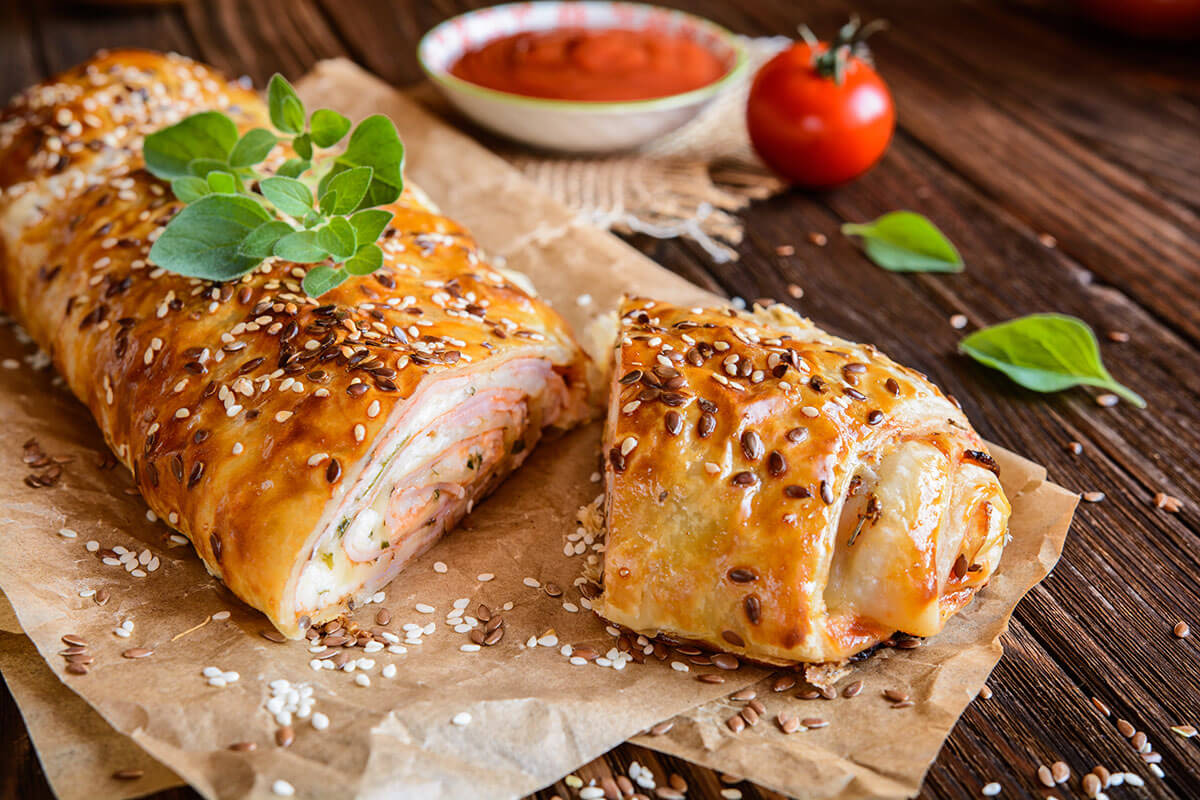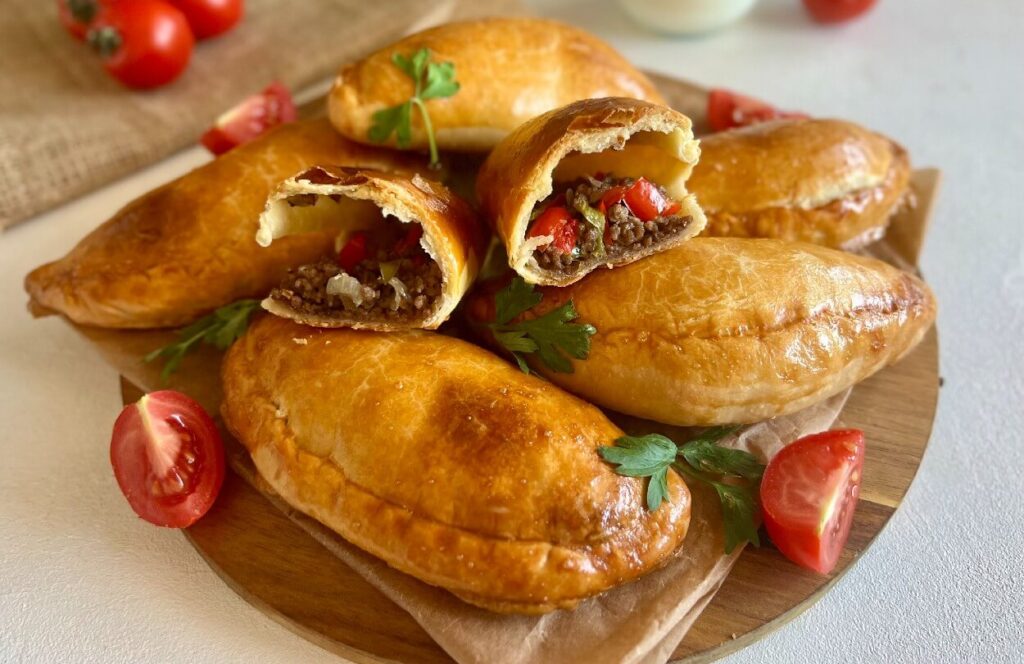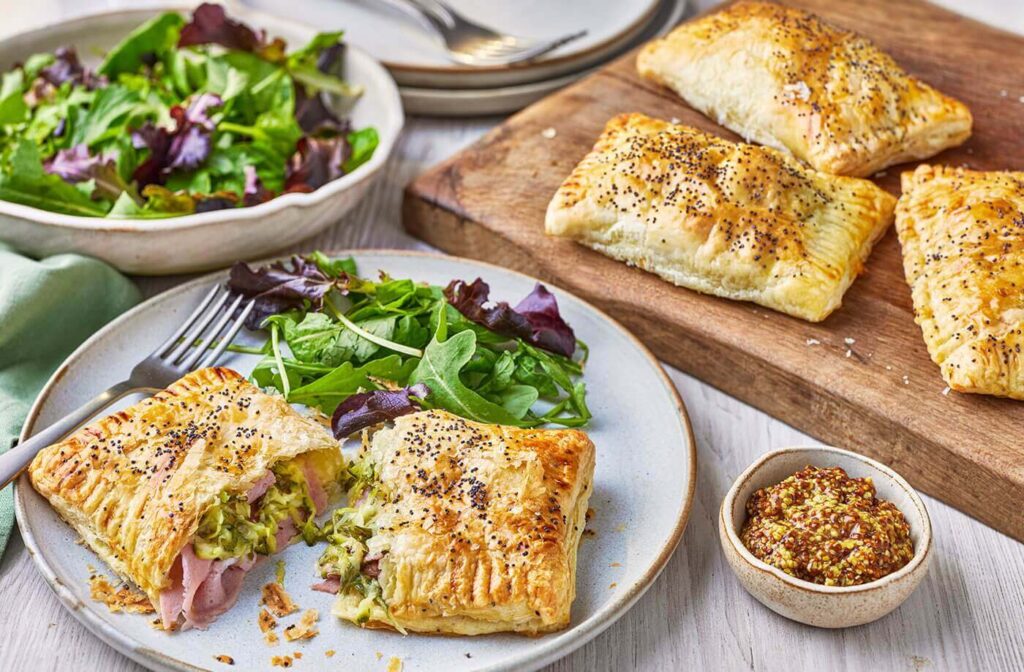Pastry recipes are a beloved part of culinary traditions all over the world, each with its unique twist on flavor and texture. Whether you’re indulging in sweet treats or savoring savory options, pastries bring comfort and joy to every occasion.
From flaky croissants in France to delicate baklava in the Middle East, the variety is endless. Here, we explore the 5 best pastry recipes from different regions, showcasing the diversity and richness of global pastry-making.
Pastry Recipes: Delicious Creations From Around The World
The world of pastry recipes is diverse, with each region contributing its own special version of pastry delights. Some of the most beloved international pastries include:
1. French Pastries: Croissants and Pain au Chocolat
- Croissants are the epitome of French pastry-making, famous for their buttery, flaky layers. Another iconic French pastry is pain au chocolat, a delicious, chocolate-filled treat that pairs perfectly with morning coffee.
2. Middle Eastern Pastries: Baklava
- Baklava, a rich pastry made from layers of filo dough, chopped nuts, and soaked in syrup, is a Middle Eastern classic that has found fans around the globe. Its sweet and crunchy texture makes it a favorite for many.
3. Latin American Pastries: Empanadas
- Empanadas, filled with a variety of savory ingredients like beef, chicken, or cheese, are a staple in Latin American cuisine. Whether baked or fried, these pastries are perfect for a quick snack or a light meal.
Each region offers its own unique spin on pastry recipes, creating a delightful experience for anyone willing to explore the world through pastries.
The Role Of Dough And Fillings In Perfect Pastries
One of the most important elements in pastry recipes is the dough and its fillings. Whether you’re making a buttery shortcrust pastry or a light, flaky puff pastry, the dough is the foundation of the recipe. Here’s what to keep in mind when working with dough and fillings:
1. Dough Consistency
- The consistency of the dough plays a huge role in the texture of the final pastry. For flaky pastries, the dough needs to be chilled and handled gently to prevent overworking. This helps to create layers that puff up during baking.
2. Fillings
- Fillings can range from sweet to savory, depending on the type of pastry. Sweet fillings like fruit, cream, or chocolate are often paired with lighter doughs, while savory fillings like meats or cheese require heartier, firmer doughs.
The combination of perfect dough and flavorful fillings is key to creating the ideal pastry recipe that delights the taste buds.
Pastry Recipes: Tips For Flaky And Crispy Results
The texture of pastries is critical to their success. Whether you’re making a flaky croissant or a crispy baklava, getting that perfect texture can sometimes be tricky. Here are some essential tips to ensure your pastry recipes turn out with the right texture:
1. Keep Your Dough Cold
- To achieve that flaky, crispy texture, it’s essential to keep your dough as cold as possible. Cold dough ensures that the butter stays solid and forms layers during baking, which leads to that crispy, golden texture.
2. Don’t Overwork the Dough
- Overworking the dough can lead to dense pastries. To maintain that light, airy texture, avoid kneading or rolling the dough too much. Handle the dough gently to prevent it from becoming tough.
3. Use the Right Amount of Butter
- The key to a crispy and flaky pastry is plenty of butter. Butter creates layers of dough that puff up when baked, contributing to that irresistible flakiness.
By following these tips, you can achieve the perfect texture in all your pastry recipes, whether you’re making croissants, tarts, or puff pastries.
How To Store And Serve Pastries For Maximum Freshness
Storing and serving pastries properly is just as important as baking them. Freshness plays a key role in the enjoyment of pastry recipes, and storing them properly ensures that they maintain their crispness and flavor.
1. Storing Pastries
- To keep your pastries fresh, store them in an airtight container to prevent them from getting stale. If you’re storing pastries for a longer period, freezing them is a good option. Be sure to wrap the pastries in plastic wrap or foil before freezing.
2. Serving Pastries
- Pastries are best enjoyed fresh. If you have stored them, heat them up in an oven for a few minutes to restore their crispiness. For sweet pastries, serving them with a cup of coffee or tea can elevate the experience.
Proper storage and reheating techniques ensure that your pastry recipes maintain their delicious flavor and texture when served.
Baking Vs. Frying: Which Method Works Best For Different Pastries?
One of the common questions when it comes to pastry recipes is whether to bake or fry the pastries. Both methods have their benefits, depending on the type of pastry you’re making.
1. Baking
- Baking is the preferred method for most pastry recipes, especially those with delicate layers such as croissants, danishes, or tarts. Baking allows the dough to rise and puff up beautifully, creating a crispy exterior and a soft interior.
2. Frying
- Frying is ideal for savory pastries like empanadas or samosas. Frying gives the pastries a golden, crunchy exterior while keeping the fillings warm and tender. Fried pastries are typically heavier than baked pastries but offer a satisfying, crisp bite.
Both baking and frying have their place in the world of pastry recipes, and choosing the right method depends on the desired texture and type of pastry.
See you in the next post,
Anil UZUN


